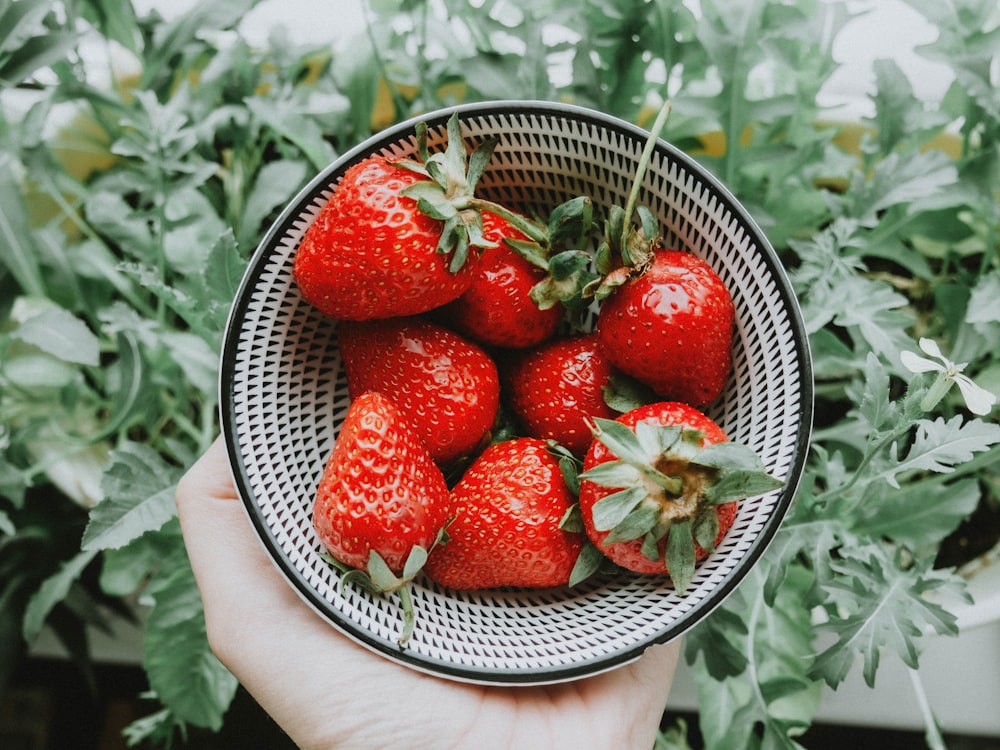Preparing the Soil
When embarking on the journey of growing juicy strawberries, the first step is to prepare the soil. Optimal soil conditions are crucial for the health and productivity of your strawberry plants. Begin by selecting a well-draining site with plenty of sunlight. Loamy soil rich in organic matter is ideal for strawberries. Before planting, amend the soil with compost to improve its texture and fertility.
Selecting the Right Varieties
Not all strawberries are created equal. There are various types of strawberries, each with its unique flavor, size, and growing requirements. When choosing which varieties to grow, consider factors such as climate, available space, and desired harvest time. Popular varieties include June-bearing, everbearing, and day-neutral strawberries. Research the characteristics of each type to determine which ones are best suited for your garden.
Planting Your Strawberry Patch
Once you’ve prepared the soil and selected your strawberry varieties, it’s time to plant your patch. Whether you’re planting bare-root or potted strawberries, spacing is key. Make sure to give each plant enough room to spread and receive adequate sunlight. Plant them at the same depth they were previously growing, with the crown (where the leaves meet the roots) level with the soil surface. Water thoroughly after planting to settle the soil around the roots.
Providing Proper Care
Growing strawberries requires consistent care throughout the growing season. Regular watering is essential, especially during dry periods, to keep the soil evenly moist. Mulching around the plants helps retain moisture, suppress weeds, and protect the delicate fruits from soil-borne diseases. Additionally, fertilize your strawberry plants every few weeks with a balanced fertilizer to promote healthy growth and abundant fruit production.
Protecting Against Pests and Diseases
Strawberry plants are susceptible to a variety of pests and diseases that can wreak havoc on your crop. Common pests include aphids, slugs, and strawberry root weevils, while diseases like powdery mildew and gray mold can quickly spread in humid conditions. To prevent infestations and infections, inspect your plants regularly and take prompt action at the first sign of trouble. Organic methods such as companion planting, row covers, and beneficial insects can help keep pests and diseases at bay.
Harvesting the Fruits of Your Labor
After patiently tending to your strawberry patch, the moment of harvest finally arrives. As soon as the berries ripen to a deep, vibrant red color, they are ready to be picked. Gently grasp each strawberry between your thumb and forefinger and twist it from the stem, being careful not to damage the delicate fruit or the neighboring plants. Harvesting should be done in the morning when the berries are cool, and it’s best to pick them regularly to encourage continuous fruiting.
Enjoying the Fruits of Your Labor
With your basket brimming with freshly picked strawberries, it’s time to savor the fruits of your labor. Whether eaten fresh, turned into jam, or baked into pies and pastries, strawberries are a delicious and versatile treat. Their sweet, juicy flavor is best enjoyed straight from the garden, bursting with summertime goodness. So gather your friends and family, and indulge in the simple pleasure of homegrown strawberries.
Growing strawberries is a rewarding experience that allows you to connect with nature and enjoy the bounty of your own backyard. By following these tips and techniques, you can cultivate a thriving strawberry patch that yields a bountiful harvest year after year. So roll up your sleeves, dig in the dirt, and get ready to taste the sweet success of growing your own juicy strawberries.
(To learn more about growing strawberries, visit home-radiators.com.)








